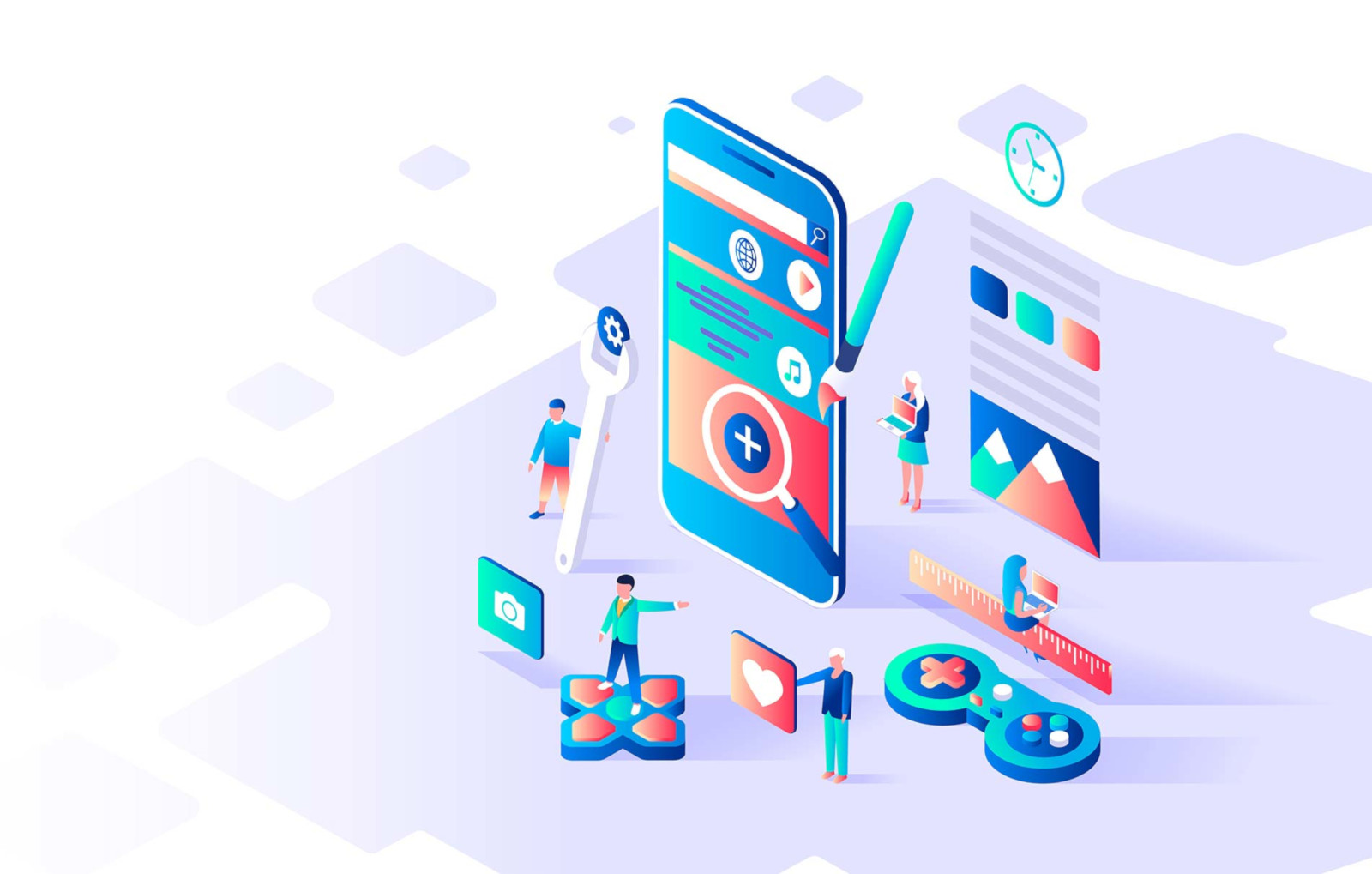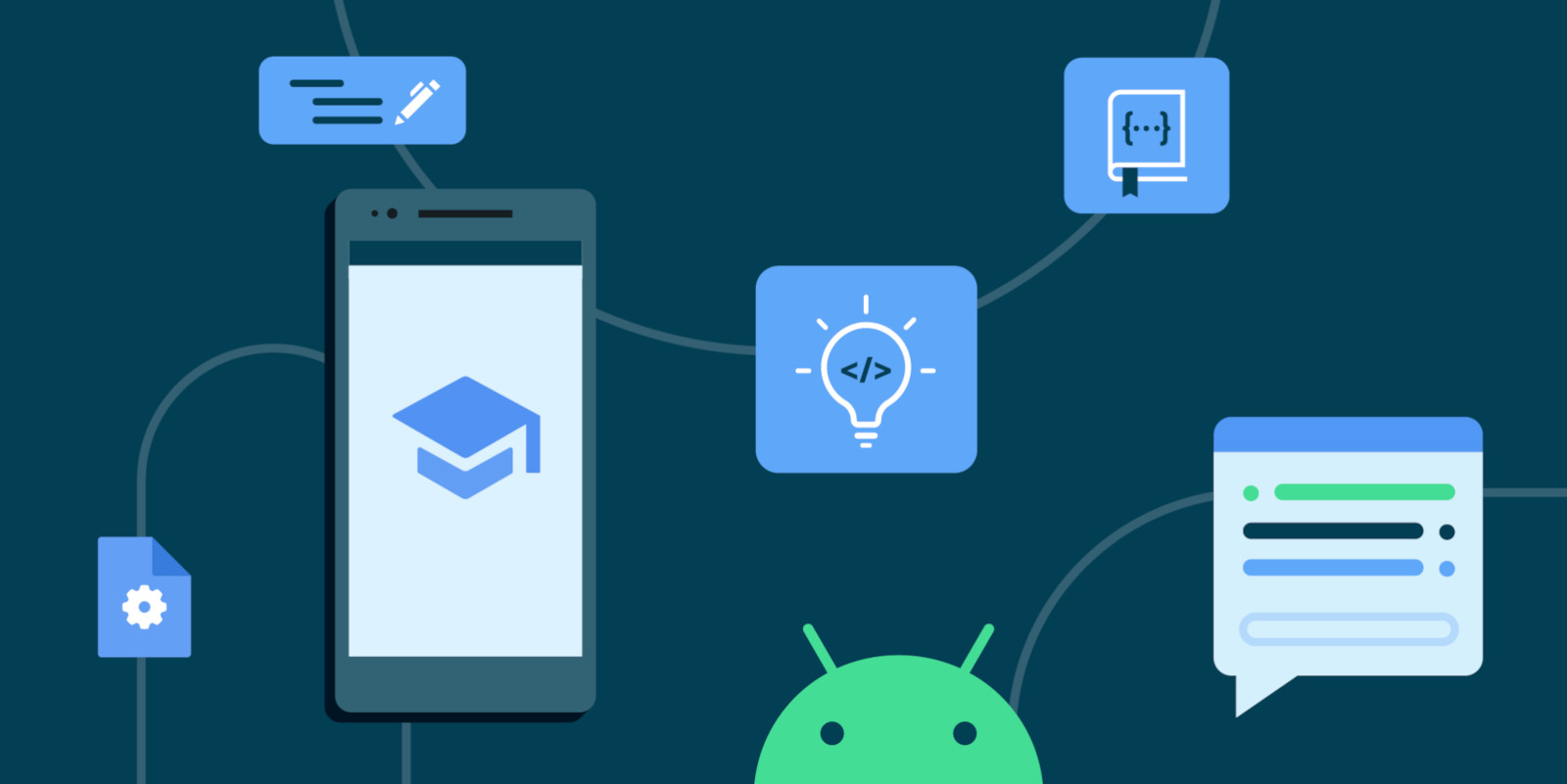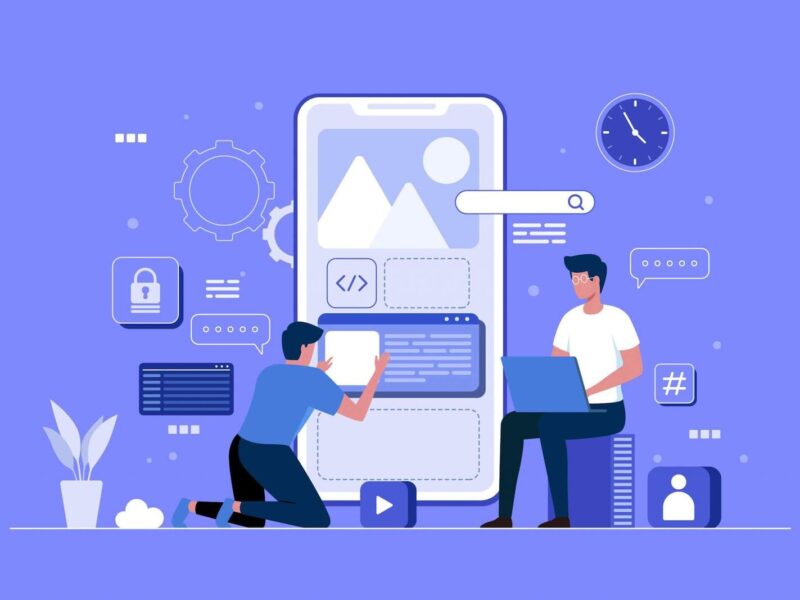
Understanding The App Development Costs In 2021 And Beyond
So you’ve got an app idea. Unless you miraculously have all the skills needed for app development, you’ll have to contact a software development agency. What’s next?
Asking for a quote, of course. And this is when your guesswork begins. The cost of app development is a nightmare for most budding entrepreneurs, but they don’t have to be.
This article will debunk the myths that circulate around app development and shed light on the main cost drivers.

What Are The Costs of Building an App in 2021?
Most people think that the pricing is linked directly with developer rates. But that’s just a sliver of all costs. Thus, you can’t conceive app development without additional specialists.
Some of these professionals include:

- Project manager – administers the project and works closely with a client;
- Business analyst – straddles the line between IT and the business as well as makes sure your business needs are met;
- Q&A specialist – check the software for errors;
- Designers, Designer Lead – responsible for the look and feel of your application.
Besides, your app project may require a team of developers rather than an individual specialist. It’s especially true for complex projects with advanced functionality. Thus, if you’re looking to develop an on-demand application with live tracking, payment options, ratings, and others, your project manager will assign three to four back-end developers to get the job done.

App Development Cost Standards: App Complexity
Back in the day, there was a significant cleft between iOS and Android platforms. Today, the difference has flat-lined, therefore it’s not the major cost factor.
Instead, the complexity of the app is what contributes the most to the total:
- The pricing for a basic app with a standard UI and basic functionality is now around $20K to $30K (400+ hours).
- If you want to step up the complexity, apps of medium complexity will cost you around $30K and $40K (400-800+ hours).
- Advanced functions stand at $40K to infinity (800+hours).

However, it all comes down to your location. If you hand over the task to US-based developers, the price tag will be significantly higher.
Mind that these numbers represent an average ballpark among global companies. The location of your app development company has a significant say in the costs as well.

App Development Cost Standards: Location and Type of Hiring
Just a few years ago, in-house development was an established business practice. Today, all geographical boundaries are erased. Therefore, both budding business owners and seasoned companies opt for outsourced development for reduced pricing.
Let’s have at the salary rates in the main development hubs:
- North America – an average developer rate of $55 to $100;
- South America – a median of $50;
- Eastern Europe – a standard of $20-$60;
- Western Europe – an average developer rate of $50-$60;
- India – hourly developer services of $30.

Also, the type of business cooperation impacts the pricing. Thus, freelance developers charge lower than the market price. However, freelance hiring comes at an additional cost of low quality, missed deadlines, and other pitfalls. Outsourced vendors have more affordable pricing and access to global talent. In-house development offers the luxury of on-site monitoring and seamless communication.
As you see, all hiring models have their pros and cons. Therefore, you should prioritize your business needs and opt for the most effective alternative.

App Development Cost Standards: Must-have functionality
The complexity of your mobile application stems directly from the number of features you need. Let’s have a look at the most common set of features mobile solutions need.

User login (20+ hours)
User login is the most basic and valuable feature you can embed in your application. It can help you with the user onboarding process, provided there are no unnecessary bounces. The app can either provide users with signup via email or leverage 3rd-party and social logins. The latter option is more preferable since it requires the data that’s already in use.

Push notification (48+ hours)
Mobile apps use push notifications to stay connected to the users. Whether it’s an upcoming sale or a special offer, notifications will make sure the user sees this information on-screen even without entering the app.

Navigation bar (40+ hours)
To help the user seamlessly travel within the application, you’ll need to include a navigation bar. It comes at the top of an app screen and fuels navigation through a series of hierarchical screens. This feature also includes interactive interface elements such as swiping and scrolling features, buttons, and others.

Media content sharing (100+ hours)
Content is a king and a powerful in-app element. If you’re looking to follow in the footsteps of Instagram or TikTok, content sharing will become an essential add-on. Besides standard video, audio, and text files, you can dress it up with editing features like filters or Instagram-like masks. You may also need to empower your app with editing capabilities, including adding emoticons, filters, effects, or even animated masks.

Geolocation (32+ hours)
You’ll need this feature for on-demand applications and navigation apps. The key functionality of every geolocation app also includes GPS coordinates, location tracking, and map integration. Your app can provide geographical data either in real-time or non-real-time.
Other core features may include in-app messaging, user feedback, search options as well as payment gateway and barcode scanning.

App Development Cost Standards: Hidden Costs
Even the most talented developer team can not guarantee the resounding success of your application. And this is when behind-the-scenes costs step in. Let’s have a look at the additional expenditure items you need to factor into the budget.

App Marketing Budget
What’s the point of investing into sophisticated functionality if no one sees it? That’s why, after submitting your product to app stores, you need to splurge for marketing.
Basic marketing activities include:

- getting app reviews with top publications;
- App Store Optimization (ASO);
- social networking;
- app presentation.
A solid marketing strategy is of utmost importance for the whole process of app development. With an overwhelming amount of apps, you need something special to stand out.

App Maintenance Costs
When it comes to mobile apps, the front of the mind is the coding phase. However, app maintenance is a recurring task that requires constant attention long after your app is delivered. This phase of development is vital not only due to glitches and downtimes, but it also means your apps can be upgraded, modified, and much more.
The median cost of maintaining an app fluctuates between $300 to $1000 per year. The mileage can vary depending on your market location, type of technology, and type of maintenance needed.

App Development Costs: The Final Word
As you can see, defining the cost of mobile app development is challenging. You have to consider far more variables than constants. However, there is one shortcut to getting an accurate estimation almost at the beginning of your development.
By building an MVP of your application, you can get an overall idea of the costs and avoid overspending. A Minimum Viable Product also allows you to prove your business idea and reach the potential target audience.







